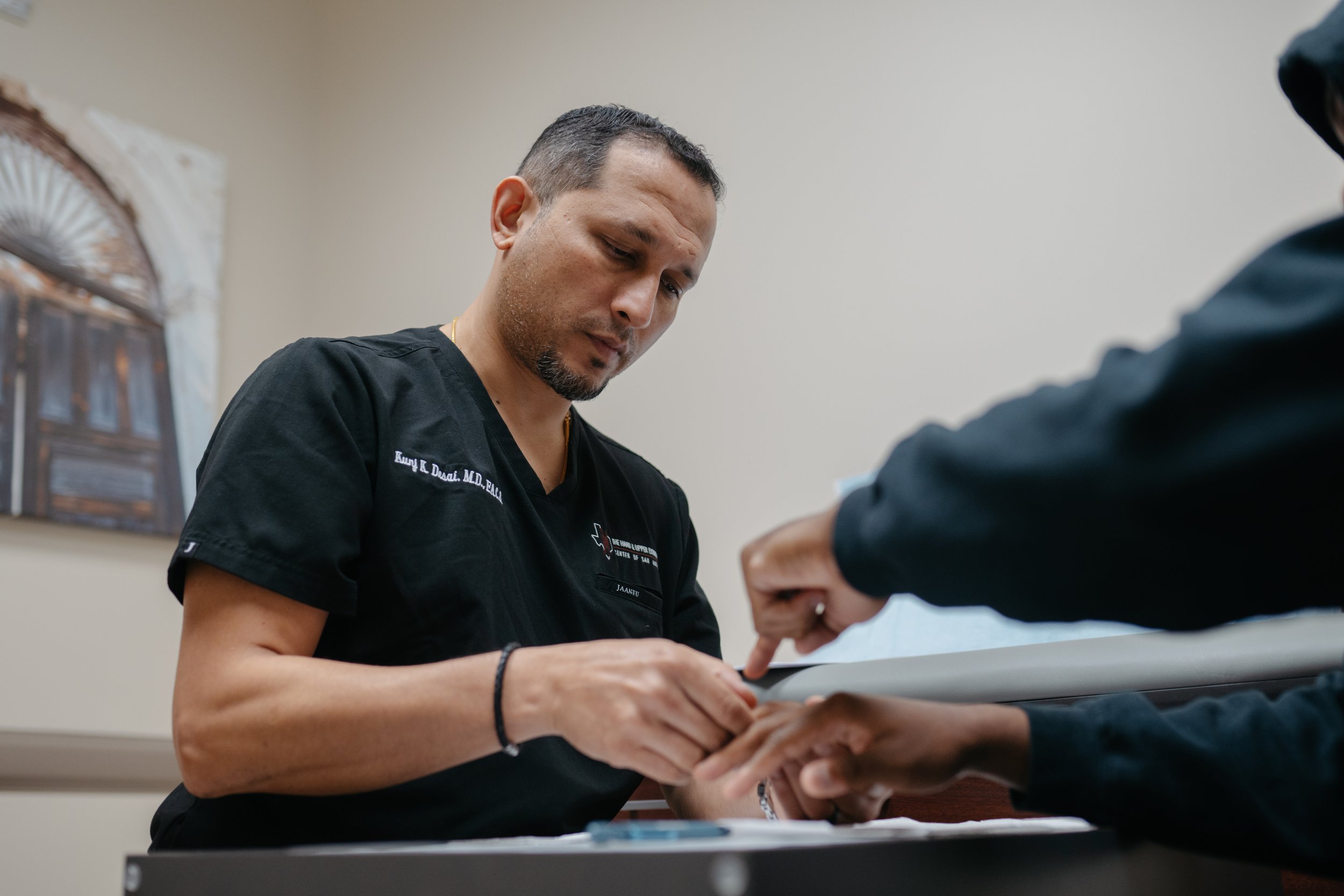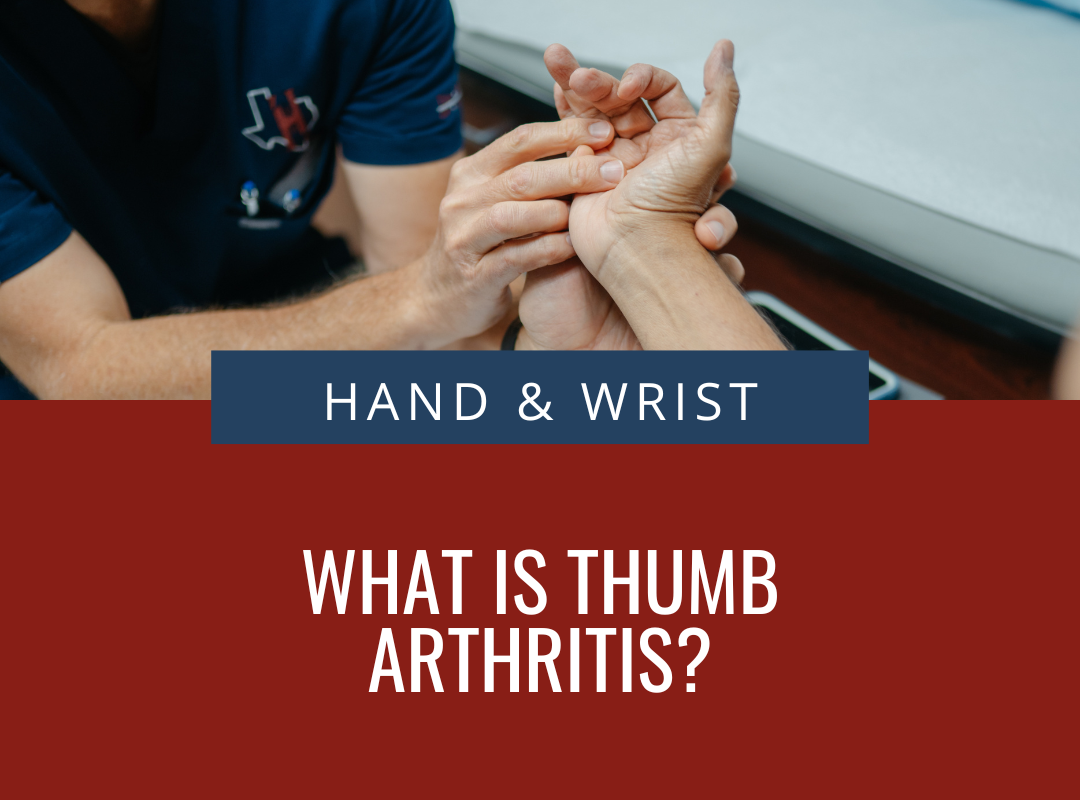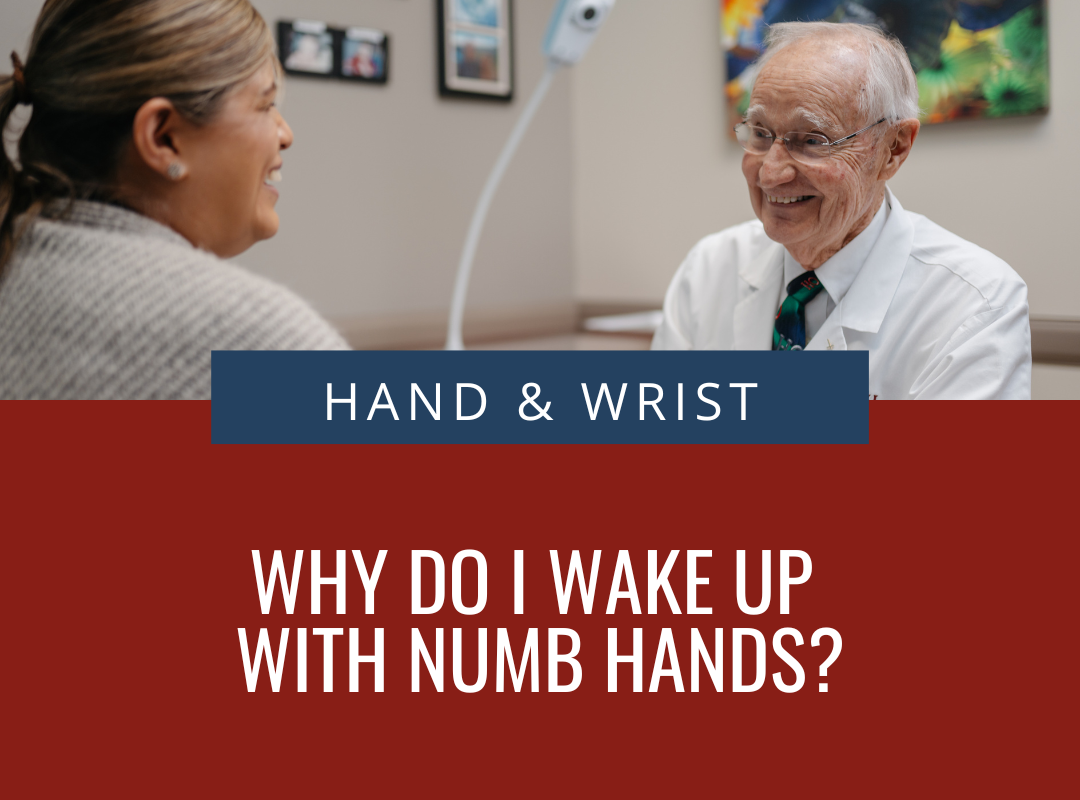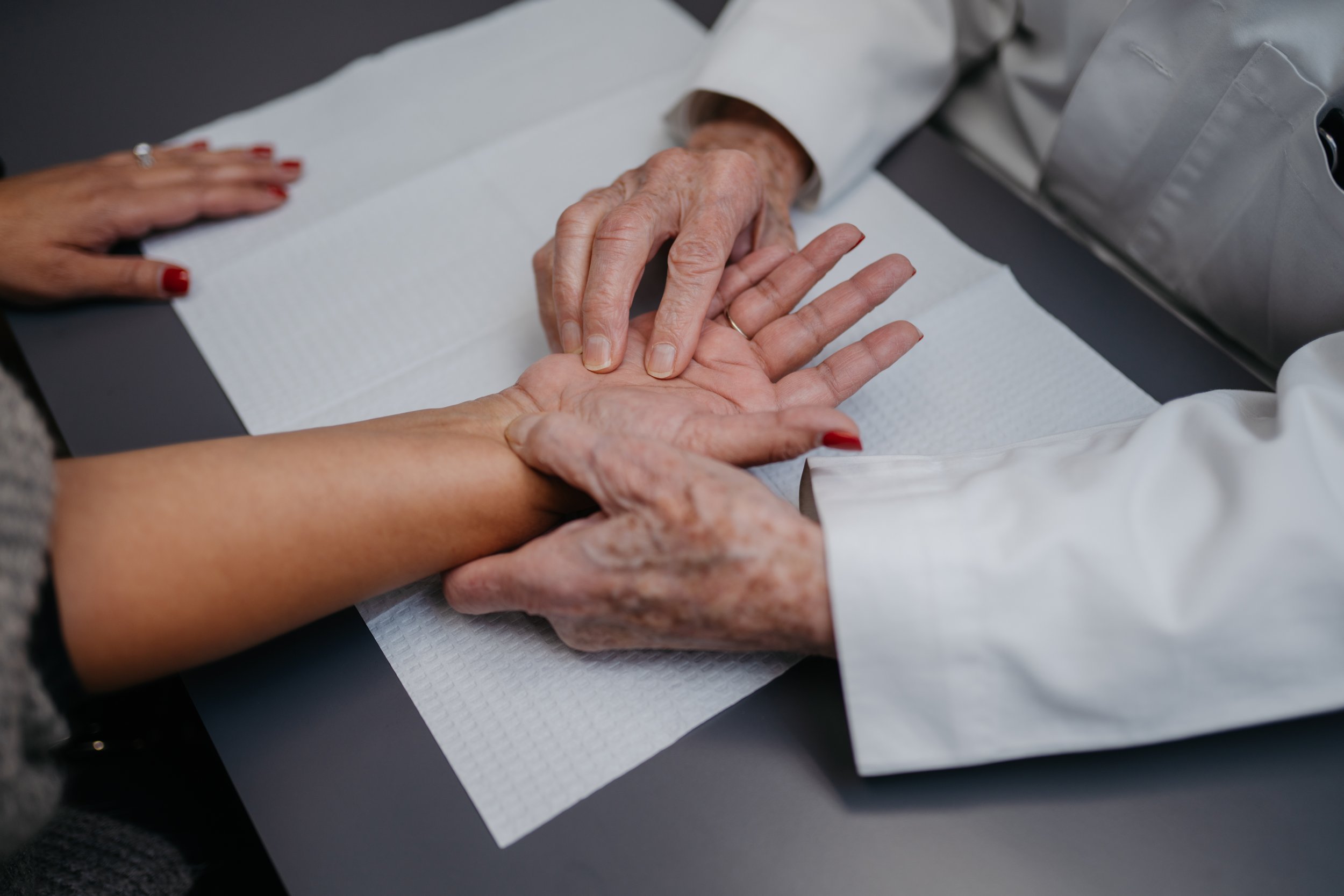
Thumb Arthritis Experts in San Antonio
What is Thumb arthritis?
Thumb arthritis, also known as basal joint arthritis or first carpometacarpal (CMC) joint arthritis, is a condition where the cartilage in the base of the thumb wears away, leading to pain, stiffness, and decreased thumb mobility. This condition is common and can affect anyone, but it is most prevalent in individuals over the age of 40.
Treatment options for thumb arthritis range from conservative approaches like splints, medications, and physical therapy to more advanced interventions like injections or surgical procedures to. The choice of treatment depends on the severity of the condition and the individual's specific needs and goals.
Symptoms of thumb arthritis can include the following:
Pain and Swelling: Persistent pain in the base of the thumb is the most common symptom accompanied by swelling in the CMC joint.
Stiffness: Thumb arthritis can result in a limited range of motion in the thumb joint.
Weakness and Tenderness: As symptoms progress, you may notice that it becomes more difficult to do things with your thumb due to weakness. The area around the base of the thumb may feel tender to the touch as well.
Crepitus: Some people with thumb arthritis may experience a grinding or crunching sensation (crepitus) when moving the thumb joint.
Treatment for thumb arthritis aims to alleviate pain, improve thumb function, and slow the progression of the condition. The appropriate treatment option depends on the severity of your symptoms and the extent of joint damage. Here are some common treatment options for thumb arthritis:
Bracing: Using adaptive tools and devices can reduce stress on the thumb joint during daily tasks. A thumb splint or brace can provide support and immobilize the joint, reducing pain and preventing further damage. These are often used during activities that exacerbate symptoms.
Medication: Topical creams or over-the-counter medication can help to reduce discomfort in everyday activities.
Injections: If pain relievers and bracing aren't effective, injecting a long-acting corticosteroid into your thumb joint is the next recommended measure. Corticosteroid injections can offer temporary pain relief and reduce inflammation.
Surgery: In extreme cases of thumb arthritis, surgery may be recommended in order to bring about more range of motion and decreased pain in the thumb joint.
It is essential to consult with your hand specialist to determine the most appropriate treatment plan for your specific case of thumb arthritis. We will consider factors such as your age, the severity of joint damage, and your overall health when recommending a treatment approach. Early intervention and a combination of treatments are often the most effective way to manage thumb arthritis symptoms and improve your quality of life.
What are the treatment options for thumb arthritis?
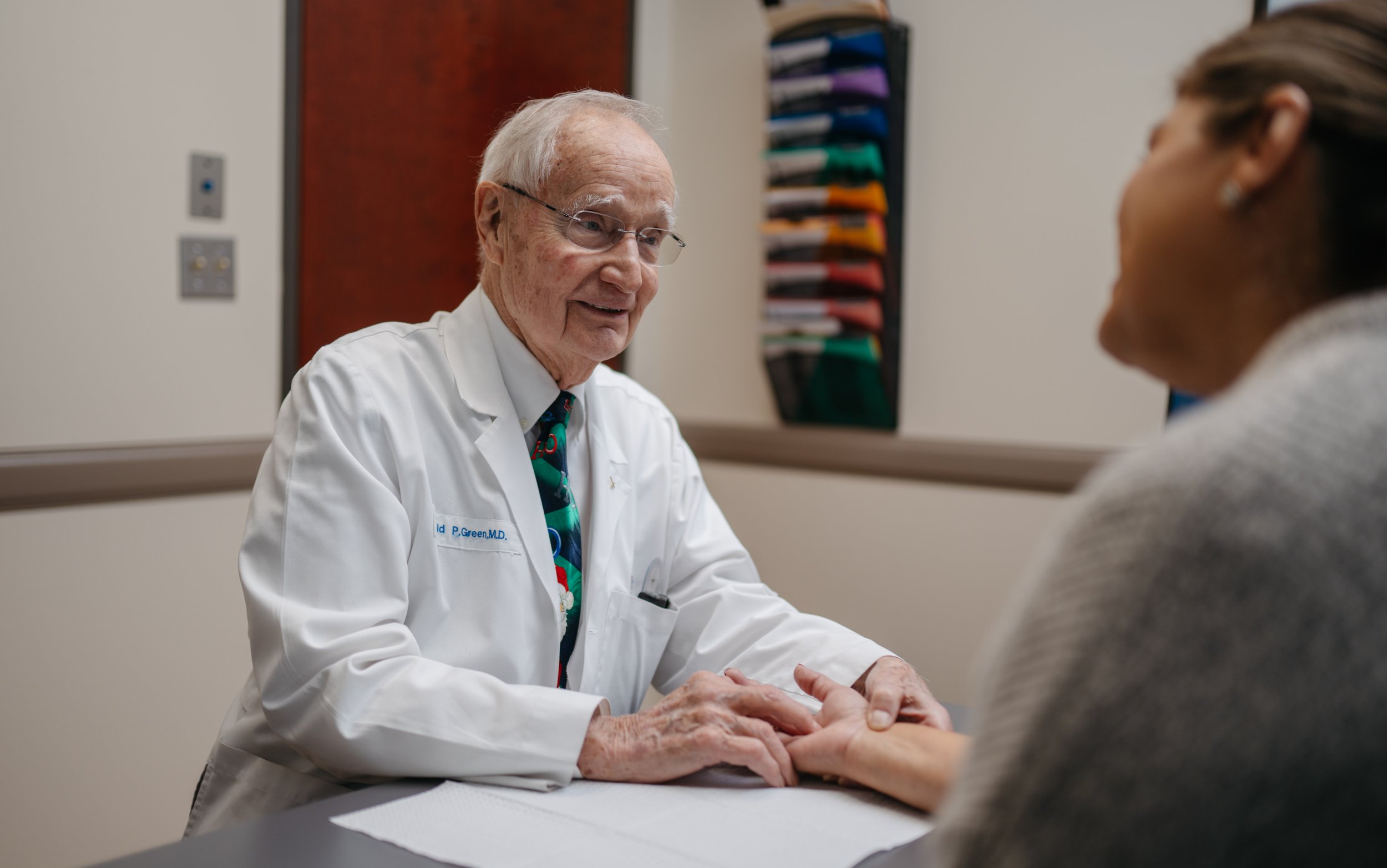
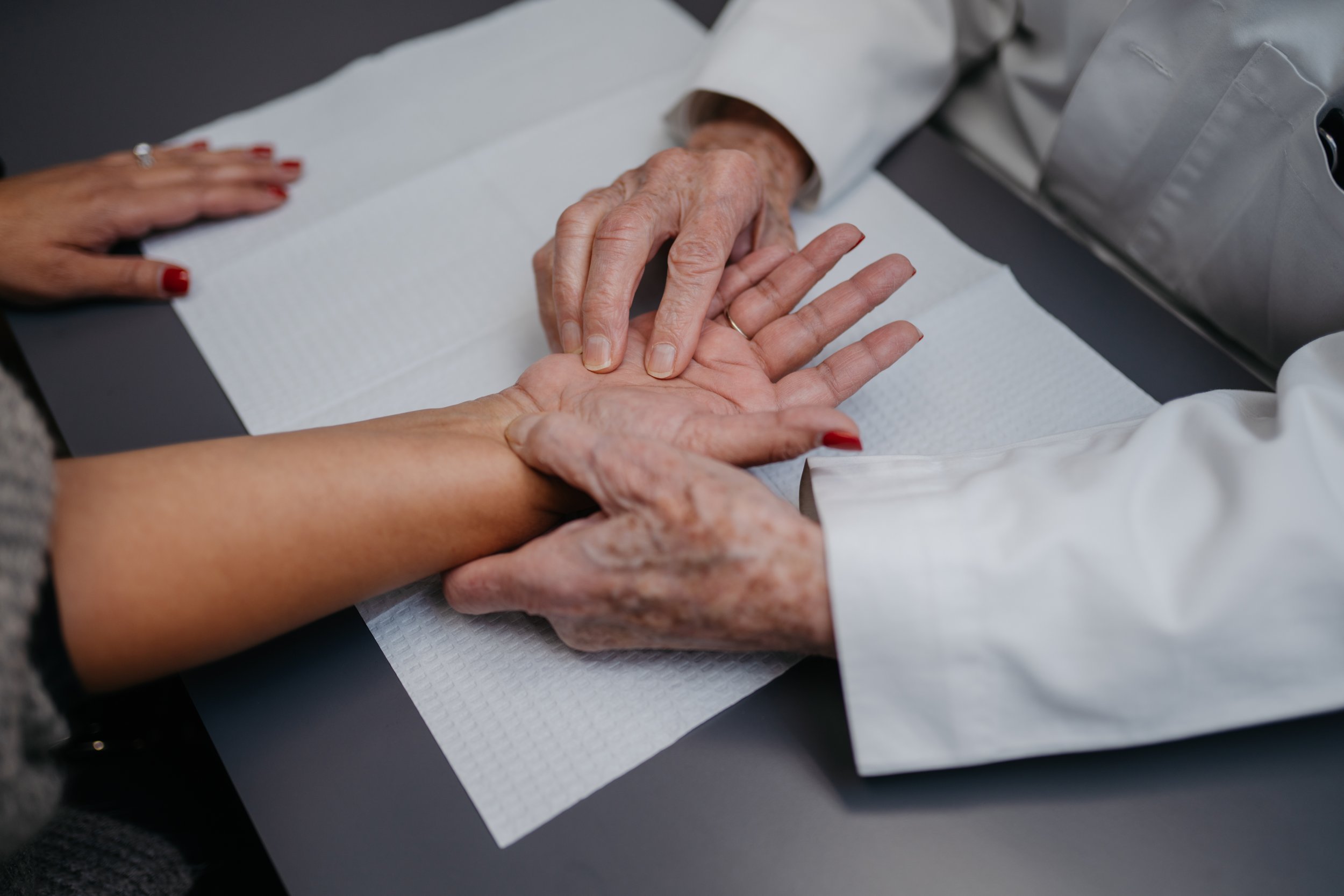
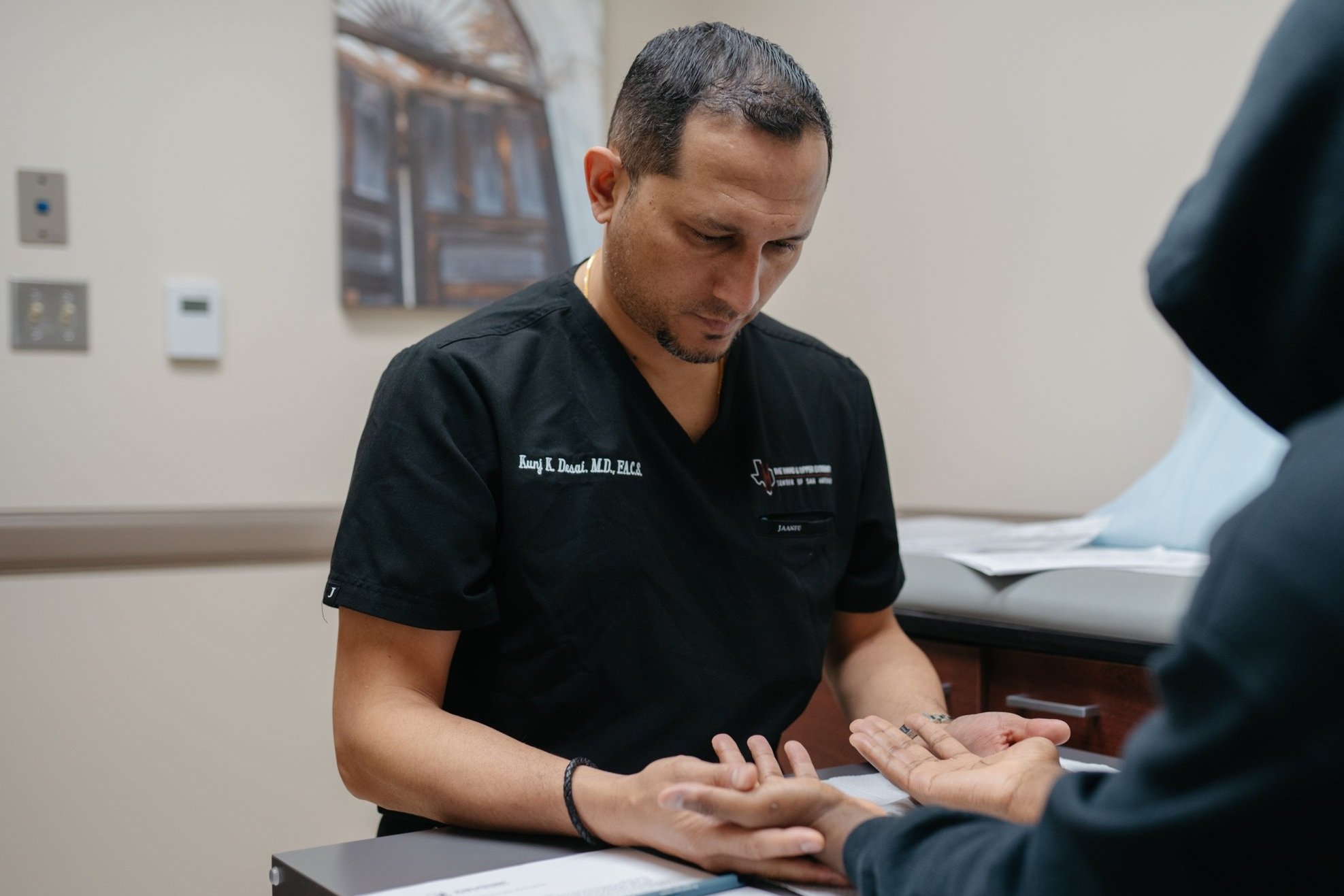

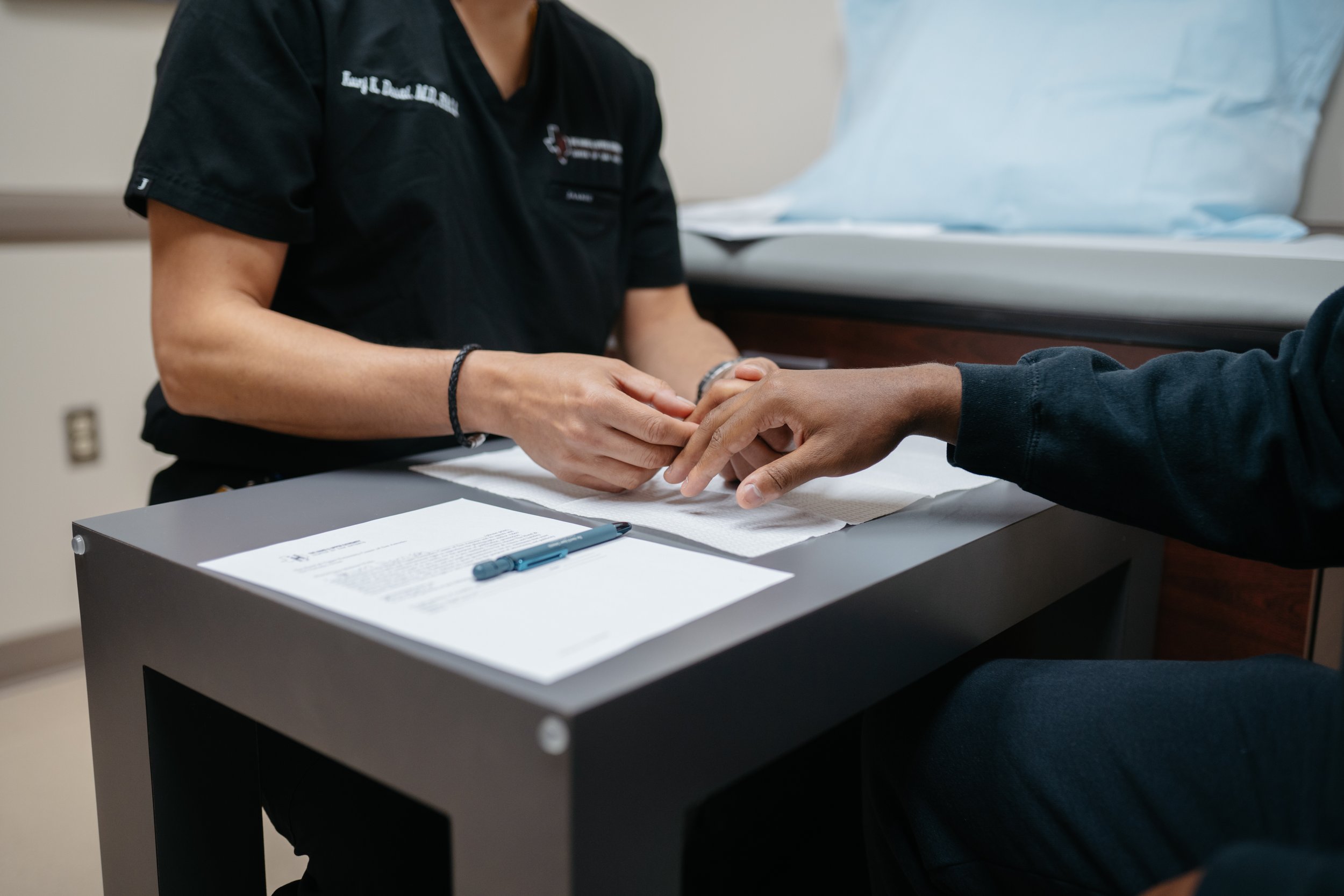
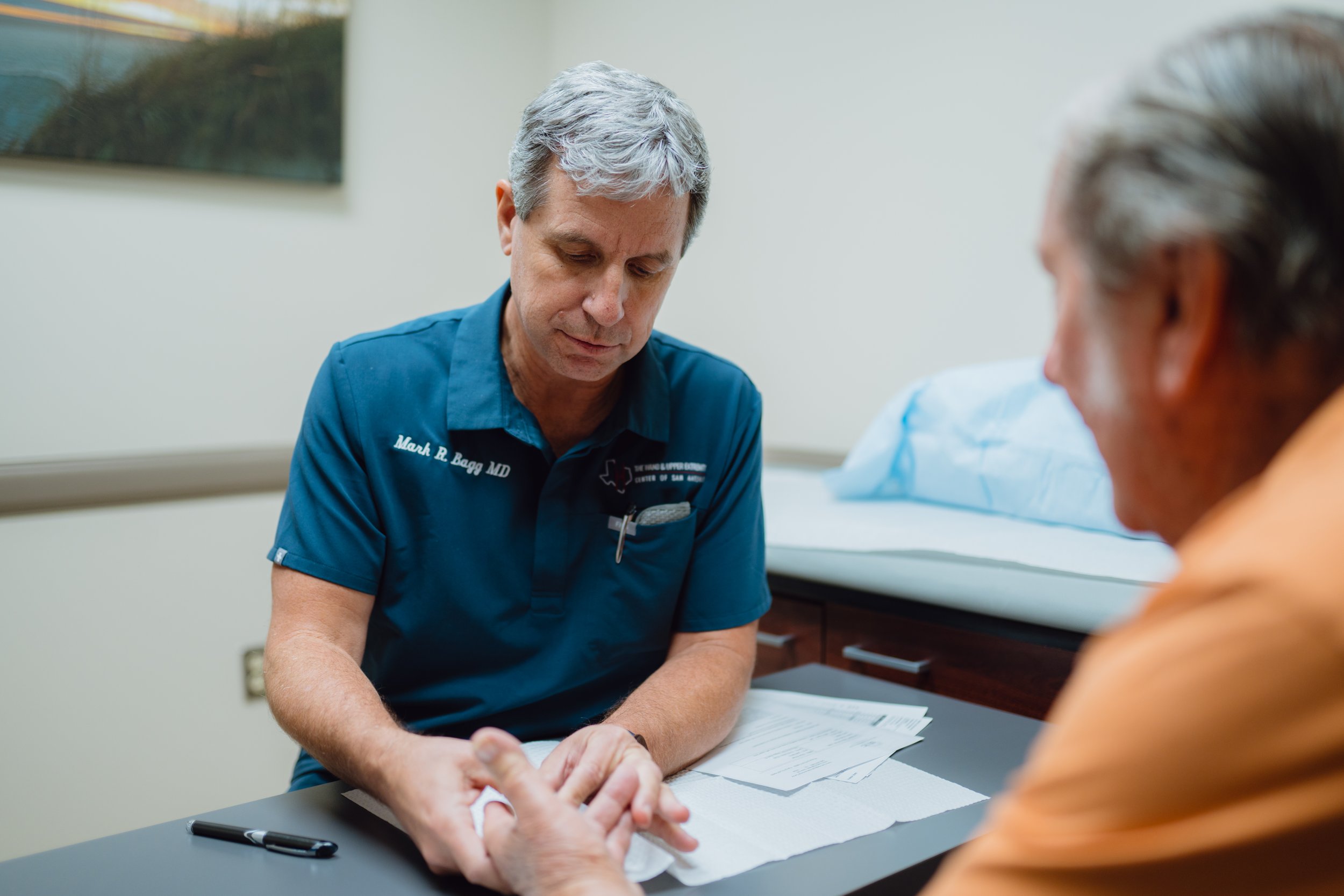
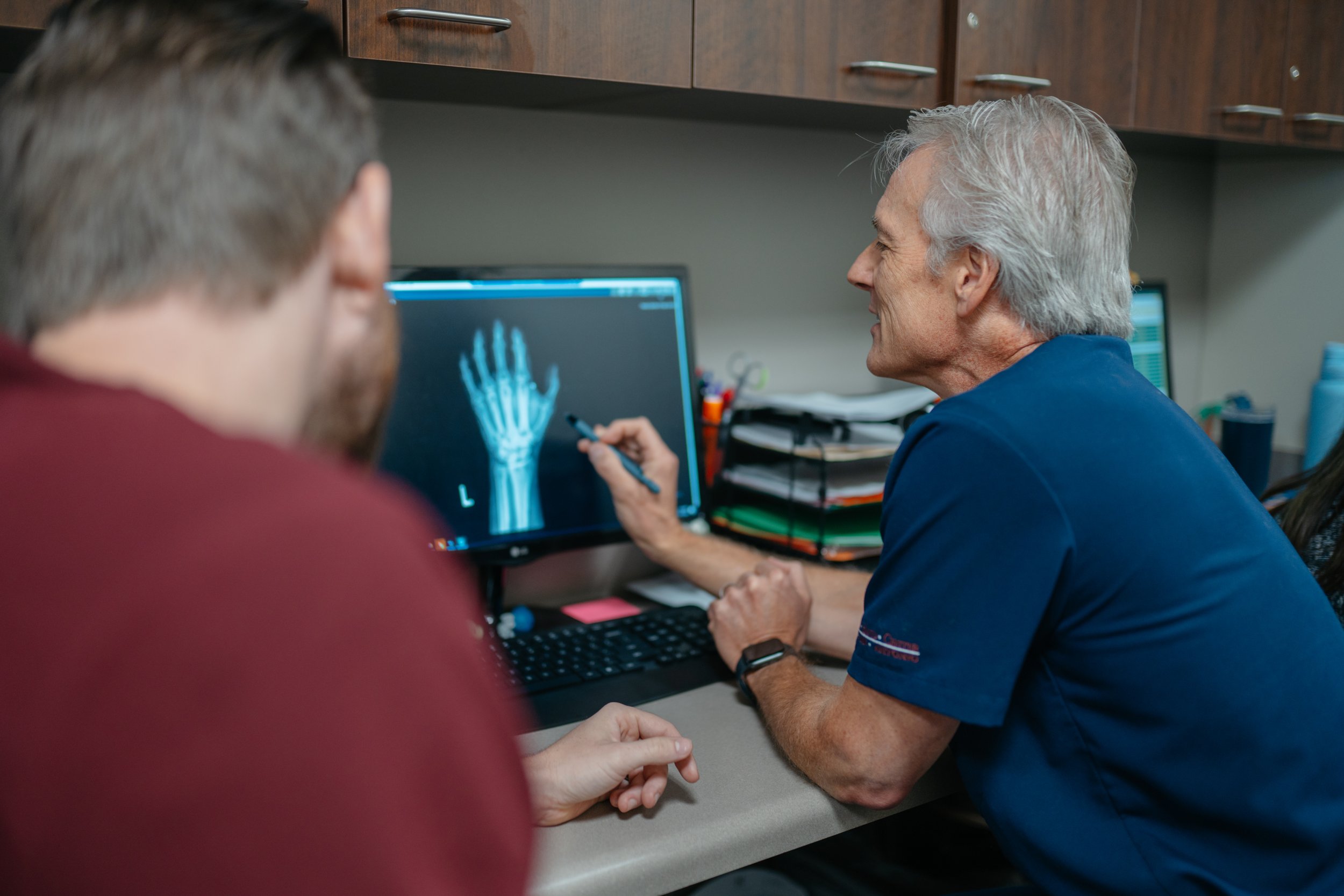

When you visit us at The Hand and Upper Extremity Center of San Antonio, you will find a fine-tuned team ready to take care of you. Your physicians have over 100 years of collective experience and represent multiple generations and training backgrounds. In addition to your surgeons, you may meet one of our hand surgery fellows. Each fellow is a fully trained orthopaedic or plastic surgeon who has completed 5 to 7 years of surgical training after graduation from medical school and has chosen to spend an additional year in training to study hand surgery. In addition to the physicians, you will meet various staff members. From the front desk staff and Medical Assistants (MA’s) to the x-ray and cast technicians, each is committed to taking care of you.
why come to The Hand and Upper Extremity Center of San Antonio for your Thumb Arthritis?
Meet Our Physicians
-

David P. Green, M.D.
-

Mark Bagg, M.D.
-

David W. Person, M.D., F.A.C.S.
-

Ramesh C. Srinivasan, M.D.
-

Kunj Desai, M.D., F.A.C.S.
Other hand & wrist Related Issues we can help with
DeQuervain’s Tendinitis
Dupuytren’s Disease
Flexor Tendon Laceration
Hand therapy is a merging of occupational and physical therapy theory and practice that combines comprehensive knowledge of the structure of the upper limb with function and activity. Using specialized skills in assessment, planning and treatment, hand therapists provide therapeutic interventions to prevent dysfunction, restore function and/or reverse the progression of pathology of the upper limb in order to enhance an individual’s ability to execute tasks and to participate fully in life situations.
Did you know we offer in-house therapy?
check out our latest blog posts regarding Hand & Wrist injuries
